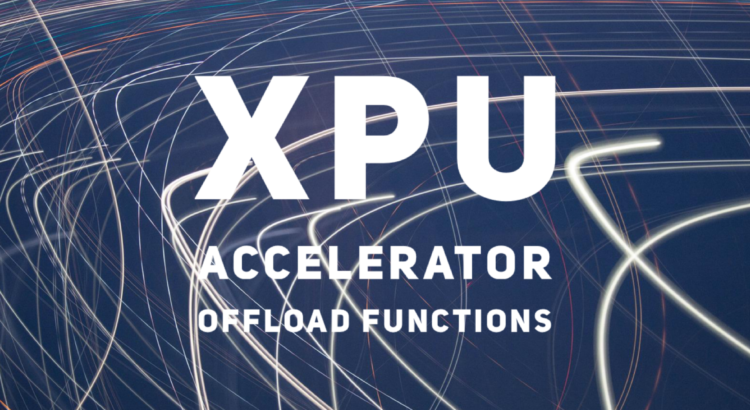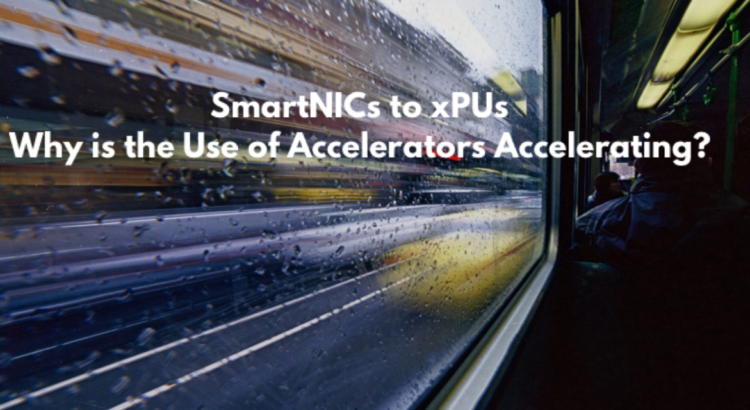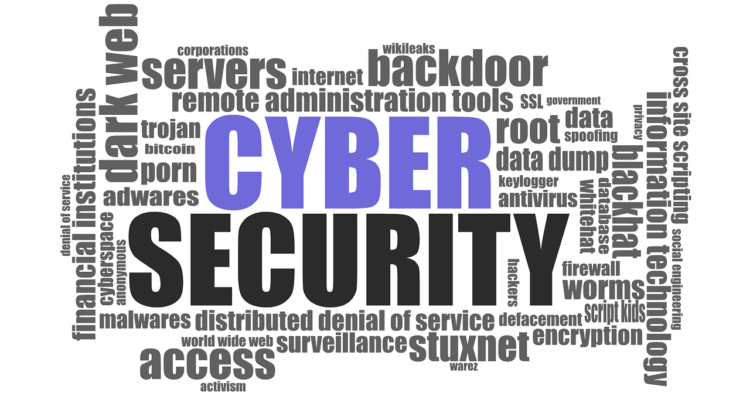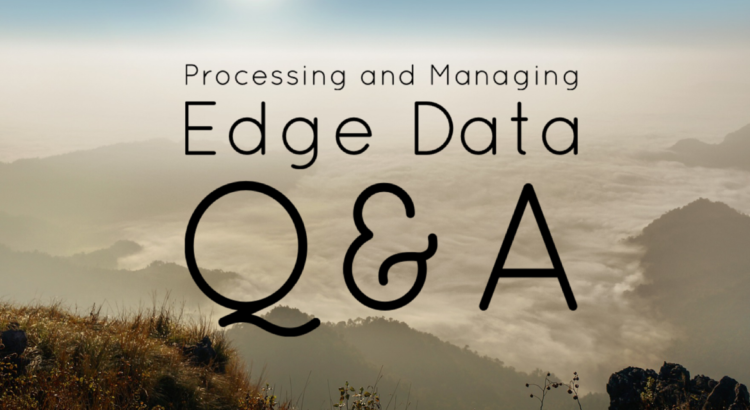


Keeping Edge Data Secure Q&A

Storage Implications of Doing More at the Edge

Dynamic Speakers on Tap for the 2022 SNIA Persistent Memory + Computational Storage Summit

Storage Edge Use Cases Q&A
Our “Storage Life on the Edge” webcast series continued on March 22, 2022 where our expert panelists, Stephen Bates, Bill Martin, Mayank Saxena and Tong Zhang highlighted several real-world edge use cases, the implications for storage, and the benefits of computational storage standards. You can access the on-demand session and the presentation slides at the SNIA Educational Library. The panel answered several questions during the live event. We only had time to get to a handful. As promised, here are answers to all of them.
Q. I have heard NVMe® is developing an open and vendor-neutral standard for computational storage devices. How important do you think standards like this one are for mass adoption of these types of devices on the edge and why?
Read More
SmartNICs to xPUs – Why is the Use of Accelerators Accelerating?

Experts Discuss Key Edge Storage Security Challenges

5G, Edge, and Industry 4.0 Q&A

Our Storage Life on the Edge Webcast Series Continues….
